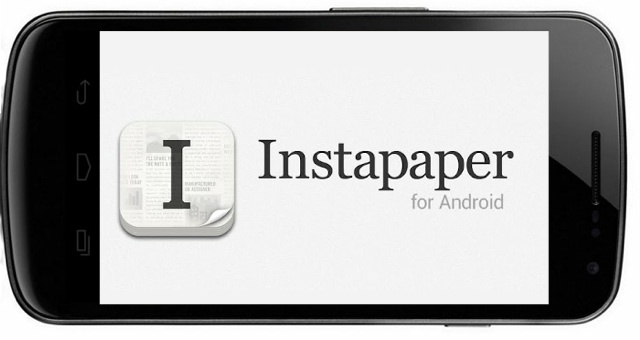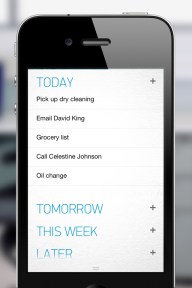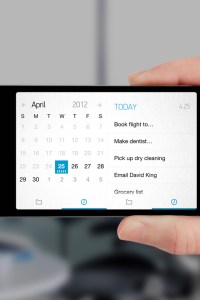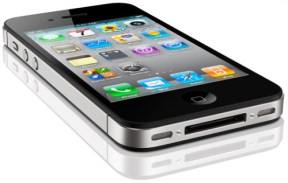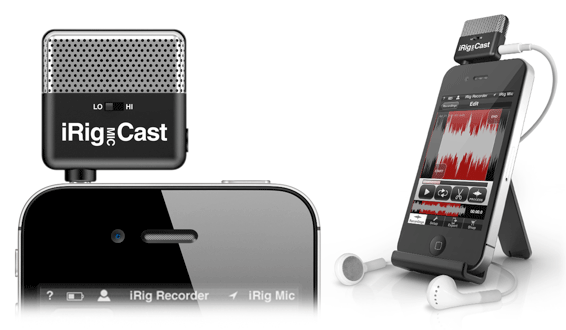The upcoming Galaxy Note 3 is expected to
sport a 6.3 inch Super AMOLED Capacitive touchscreen, a 16 MP camera and
most of the innovative features of the Galaxy S4.
Are you in for
this gadget?

With the
Samsung Galaxy S4 now out of the way the
door has been thrown open for the Korean firm's other high-end
smartphone to get a reboot in the form of the Samsung Galaxy Note 3.
Rumours
are circulating about Samsung's next super-sized handset, suggesting
it's going to get even bigger - even though the
Samsung Galaxy Note 2 raised eyebrows with
its larger size.
Update: Samsung executive J.K.
Shin has
confirmed
the existence of the Galaxy Note 3, revealing it will feature a
non-flexible 5.9-inch OLED display.
We're constantly on the look
out for Galaxy Note 3 news and you'll be able to find all the latest
right here. You lucky things.
Announcement and release date
In terms of a Samsung Galaxy Note 3 release date the trail is pretty
cold at the moment with "later this year" all we have to go on for now.
If
previous iterations of the handset are anything to go by we can expect
Samsung to uncover the third generation Galaxy Note smartphone towards
the end of August, in the run up to IFA 2013 in Berlin.
Update:
Samsung executive J.K. Shin has said the Note 3 will arrive at IFA in
September, although we're still waiting on an official comment from
Samsung itself.
This would mean that the Galaxy Note 3 would
probably hit stores around October if previous cycles are maintained -
but given the Samsung Galaxy S4 emerged earlier this year, could the
same trick be repeated for the Note 3?
More than a pretty penny
in price
You can expect the Samsung Galaxy Note 3 to carry a
hefty price tag, probably in line with the Galaxy S4 - making it more
expensive than its Chinese rivals the
ZTE Grand Memo and the
Huawei Ascend Mate.
The Note 3 will
probably set you back at least £550 (around $800/AU$770) give or take,
plus there will be regional variances too.
Does the screen need
to get bigger?
Although exact specs are still unknown the general
consensus seems to suggest that the Samsung Galaxy Note 3 will sport an
even bigger screen than its 5.5-inch predecessor.
Early reports
pointed towards a
whopping 6.3-inch display, which would see
the handset dwarf the 6.1-inch Ascend Mate and 5.7-inch Grand Memo.
Other
sources have claimed that the Galaxy Note 3 could actually pack a
slightly more
modest 5.9-inch AMOLED screen.
We
thought Samsung may have let the cat out of the bag on its own website
after listing a smartphone accessory compatible with screens from "4- to
6.3-inches", potentially hinting at a
massive display bump for the Note 3 -
although with the announcement of the
Galaxy Mega 5.8 and
Galaxy Mega 6.3 this is now less likely.
Screen
size, then, remains a mystery but that's not the only quandary we have
regarding the display on the Galaxy Note 3. Oh no, there are now
reports suggesting it will be the first
phone to sport a
flexible OLED display.
Samsung did
show off such a display at CES 2013 -
although it wasn't part of a phone at the time and we reckon there's
still some way to go before it's ready to hit our handsets, but it
certainly gives us food for thought - especially now there are reports
that Samsung is
mulling three designs, one of which
includes a flexible option.
We're also hearing that the Galaxy
Note 3 may actually pack a
5.99-inch, Full HD display - although this
news has come from unknown "inside sources".
Could this be
Samsung replacing the Note range, or adding more feathers to its
super-sized cap?
Update: With JK Shin
"confirming" the existence of the Galaxy Note 3, the Samsung exec is
also reported revealing the 5.9-inch OLED display the super sized
handset will pack.
The operating system conundrum
We can
be pretty sure that the Samsung Galaxy Note 3 will roll up running
Google's Android platform, but which particular version that will be is
not so black and white.
Android 5.0 Key Lime Pie is expected to be
announced at
Google's IO event in May, potentially
alongside the Nexus 5 - which would put the Note 3 in the running to
also launch with the latest version of the software.
However if
history has taught us anything it's that assuming is for fools - as
we've seen numerous handsets launched with older versions of Android -
but the Note 2 was one of the first handsets from Samsung to launch with
Jelly Bean, so perhaps a Key Lime Pie
device isn't so unlikely.
The latest reports now point towards the
Note 3 running Android 4.3 - an updated
version of Jelly Bean which may arrive at Google IO ahead of a delayed
Key Lime Pie.
Specs
The big screen won't be the only
feature Samsung will want to shout about though, as you can expect the
Galaxy Note 3 to be packing some serious tech under the hood.
It could be another industry leading handset (the Note 2 was the most
powerful smartphone when it launched) with reports suggesting it will
follow in the footsteps of the Galaxy S4 with a
ridiculous octo-core chip.
As this
device will fall into Samsung's "Note" family you can expect the fabled
S-Pen to make another appearance here as it looks to rub shoulders with
the
Galaxy Note 8.0 and
Galaxy Note 10.1.
According to
Android Geeks a software engineer has spilled the beans on the
S Orb camera feature which is apparently
destined to debut on the Galaxy Note 3, after reports earlier this year
suggested it would arrive on the Galaxy S4.
The usually reliable
SamMobile has also had its say on the Note 3, with its own "inside
sources" claiming the handset will be
the most powerful in the world with a
octa-core processor, eight-core GPU, 3GB of RAM, 5.99-inch Full HD
display and a 13MP rear camera.
Plastic or metal?
Many
were hoping the Samsung Galaxy S4 would see the Korean firm change its
way when it came to chassis construction - ditching the plastic for a
fancier metallic finish, but alas this wasn't the case.
The whole
plastic vs metal debate isn't over though and now rumours are suggesting
the Galaxy Note 3 could well sport a hard alloy case.
SamMobile
sources reckon the
HTC One has "
worried" Samsung, leading the manufacturer
to consider a new material for the Note 3.
We've also seen an
image slip out online claiming to show
the metallic body of the Galaxy Note 3 and
a completely new design language for Samsung - although we're not
overly convinced by this.
 The Nexus 6P is sized to fit your life — and your hand. Precision engineered for optimal comfort and performance, and crafted from
The Nexus 6P is sized to fit your life — and your hand. Precision engineered for optimal comfort and performance, and crafted from  The best all-round camera we've ever put into a Nexus shines in low-light conditions. Its larger 1.55μm pixels capture more light, even in the dimmest conditions, to produce stunning details and sharp images. With the Google Camera app, you'll never miss a moment, and with the smart Google Photos app, your memories are easy to relive and always at your fingertips. f2.0,1.55μm
The best all-round camera we've ever put into a Nexus shines in low-light conditions. Its larger 1.55μm pixels capture more light, even in the dimmest conditions, to produce stunning details and sharp images. With the Google Camera app, you'll never miss a moment, and with the smart Google Photos app, your memories are easy to relive and always at your fingertips. f2.0,1.55μm Google Photos is a new way to store, search and share all of your photos and videos. Store an unlimited amount of photos and videos at high quality for free, and access them anywhere. Automatically organised and searchable by the people, places and things in them, your memories are always easy to find and share
Google Photos is a new way to store, search and share all of your photos and videos. Store an unlimited amount of photos and videos at high quality for free, and access them anywhere. Automatically organised and searchable by the people, places and things in them, your memories are always easy to find and share
 Your Nexus is quicker and more secure with a fingerprint sensor. Placed on the back of your device to complement the way that you naturally hold it, Nexus Imprint will turn on your screen with one touch, unlock your apps quickly and easily. And, by incorporating measurements each time that you use it, Nexus Imprint gets smarter with every touch.
Your Nexus is quicker and more secure with a fingerprint sensor. Placed on the back of your device to complement the way that you naturally hold it, Nexus Imprint will turn on your screen with one touch, unlock your apps quickly and easily. And, by incorporating measurements each time that you use it, Nexus Imprint gets smarter with every touch. The USB Type-C charger is reversible, which means no more guessing which way is up. And it's fast — get up to seven hours of use after only ten minutes of charging.7
The USB Type-C charger is reversible, which means no more guessing which way is up. And it's fast — get up to seven hours of use after only ten minutes of charging.7










